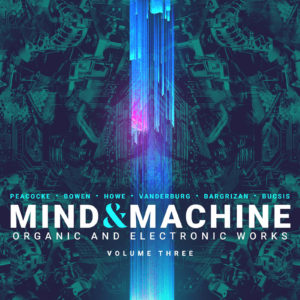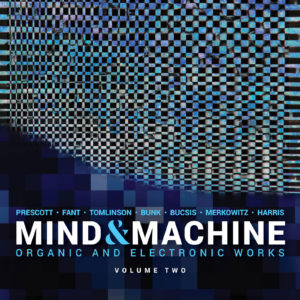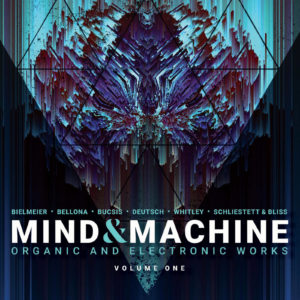Mind & Machine, Volume Four
Mara Helmuth composer
Andrea Vos-Rochefort composer
Avik Chari composer
Gina Biver composer
Juro Kim Feliz composer
Lauded by critics as “interesting and captivating” (Cinemusical), the MIND & MACHINE series from Ravello Records returns in its fourth installment with a fresh roster of today’s electro-acoustic composers. From the depths of the sea to the wildlife that populates our atmosphere and the breaths that form within us, a myriad of mystifying soundscapes await discovery. Innovatively-captured sound samples intertwine with contemporary social issues in this album, commenting on climate change, justice and inequality, and more. Our fragility and recovery are revealed in Gasp, human influence on the environment manifests in green line 2065 and Water Birds, and resilient voices respond in the face of oppression in Hanggang sa Takipsilim.
Listen
Stream/Buy
Choose your platform
Track Listing & Credits
| # | Title | Composer | Performer | |
|---|---|---|---|---|
| 01 | Water Birds | Mara Helmuth and Andrea Vos-Rochefort | Andrea Vos-Rochefort, clarinet; Mara Helmuth, electronics | 10:44 |
| 02 | green line 2065 | Avik Chari | K口U | Daniel Yiau, bass clarinet; Michellina Chan, saxophone; Don Kow, trombone; Vincent Tan, euphonium; Avik Chari, electronics | 8:58 |
| 03 | Senescence | Avik Chari | Avik Chari, electronics; Ng Pei-Sian, cello | 5:48 |
| 04 | the inner landscape of a cabin in the woods | Gina Biver | Gina Biver, electric guitar | 6:26 |
| 05 | Gasp | Gina Biver | Gina Biver, Danielle Krause, Katrinah Lewis, Leo Williams - vocals | 4:31 |
| 06 | Hanggang sa Takipsilim | Juro Kim Feliz | Hannah Leah Guanlao, narration; Jayson Palolan, Philippine indigenous instruments | 5:43 |
Water Birds
Recorded October 15, 2020 at Texas A&M University School of Music Concert Hall in Kingsville TX
Producer & Engineer Eric Dluzniewski
green line 2065
Recorded February 15, 2022 at the Music Studio, Victoria Concert Hall in Singapore
Producer Avik Chari
Engineer, Mixing & Editing Aw Wei Zheng
Senescence
Recorded February 20, 2022 at Studio Namari in Singapore
Producer & Engineer Avik Chari
Mixing & Editing Alexander Wong
Gasp
Recorded May-June 2021 at Left Bank Studios in Richmond VA
Producer & Recording Gina Biver
Mastering Erdem Helvacioglu
the inner landscape of a cabin in the woods
Recorded June 2020 in Falls Church VA
Guitar recorded December 2020 at Left Bank Studios in Richmond VA
Recording and Mixing Engineer Gina Biver
Mastering Erdem Helvacioglu
Hanggang sa Takipsilim
Recorded and produced March 18, 2018 at the composer’s home studio in Toronto, Canada
Producer & Engineer Juro Kim Feliz
Executive Producer Bob Lord
Executive A&R Sam Renshaw
A&R Director Brandon MacNeil
A&R Ivana Hauser, Danielle Lewis
VP of Production Jan Košulič
Audio Director Lucas Paquette
Mastering Melanie Montgomery
VP, Design & Marketing Brett Picknell
Art Director Ryan Harrison
Design Edward A. Fleming
Publicity Patrick Niland, Brett Iannucci
Artist Information
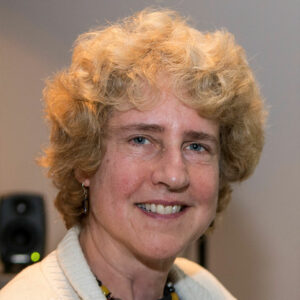
Mara Helmuth
Mara Helmuth has been enthusiastically involved with electronic and computer music composition and research for decades. Recent works include Racket Routes, for eight-channel audio, based on tennis sounds, Opening Spaces, for video, based on a Menger sponge model, Cold Brew, a graphic score for flute, clarinet, and fixed media based on the coffee genome, Onsen: Hot Springs, for vibraphone and fixed media, and Tranquilarea, for virtual reality installation. She is currently Professor of Composition at College-Conservatory of Music, University of Cincinnati and director of its Center for Computer Music, where she developed a program of courses in computer music.
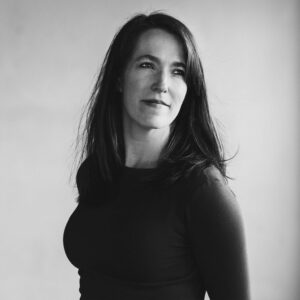
Andrea Vos-Rochefort
An engaging and accomplished clarinetist, Andrea Vos-Rochefort regularly premieres new works in recitals and at Clarinetfest, and has performed with the Dayton Philharmonic, Orchestra Kentucky, Richmond Symphony, Lima Orchestra, Carmel Symphony, Cincinnati Chamber Orchestra, Cincinnati Symphony Orchestra, West Virginia Symphony, Fort Worth Symphony, Corpus Christi Symphony, Midland-Odessa Symphony, and San Antonio Symphony. Vos-Rochefort is the Assistant Professor of Clarinet at Texas A&M University-Kingsville and previously served as Adjunct Instructor of Clarinet at University of Dayton and Stivers School for the Arts.
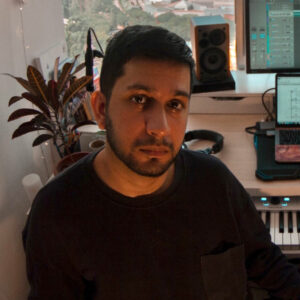
Avik Chari
Avik Chari is a composer and sound designer obsessed with non-linear and interactive media. He embraces the use of space as a tool for musical structure and storytelling through his sound installations and electro-acoustic works. His latest works focus on ambience and space, and take a calm, meditative approach to rhythm, with pieces such as i’ll be there for you and memories. His music has been performed by the Singapore Symphony Orchestra, Transient Canvas, Eureka Ensemble, and the Boston Conservatory Choruses, and used in video games such as Covidopoly and Assemble This.
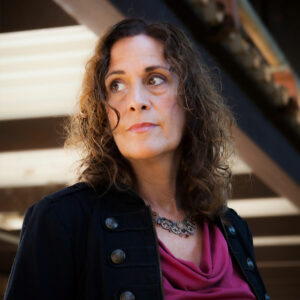
Gina Biver
Deemed a “musical force of nature” by Gramophone, composer Gina Biver writes music for large chamber ensembles, dance, choir, multimedia, and film. Her work is inspired by the written word and by visual art, both static and moving. She collaborates with musicians, filmmakers, choreographers, poets, computer artists, sculptors, painters, and video artists. Her work has been presented in the United States, Europe, Australia, Canada, and Mexico.
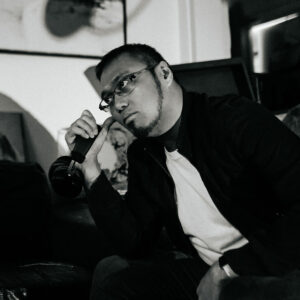
Juro Kim Feliz
With music “[thriving] in the sustained tension, like the kinetic energy emanating from the corners of a frame, the opposing forces holding up a house” (Rachel Evangeline Chiong, 2022), Toronto-based composer Juro Kim Feliz has internationally presented his work across Southeast Asia, North America, and Europe. Born and raised in the Philippines, he studied composition at the University of the Philippines and McGill University under Jonas Baes and Melissa Hui. He also sought further mentorship from composers Liza Lim, Dieter Mack, Linda Catlin Smith, and Japanese koto artists Hiroko Nagai and Masayo Ishigure.
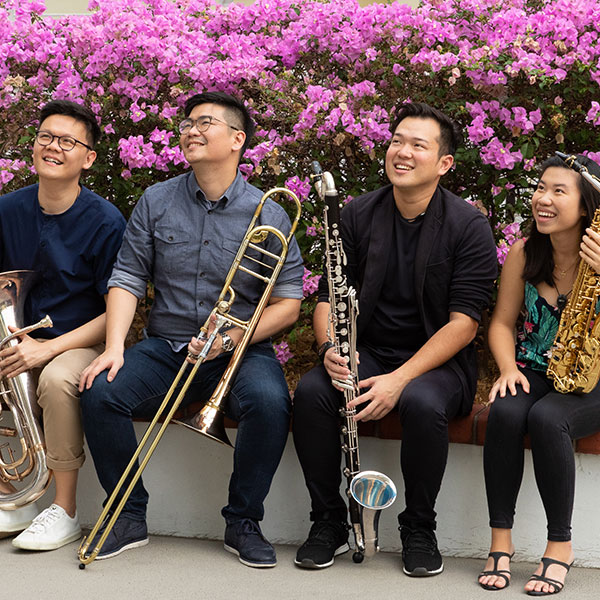
K口U
K⼝U is one of the most organic forms of expression on the human body. Provocative in nature and capable of amplifying controversial ideas, K⼝U is an amplification of our personal ethos expressed provocatively.
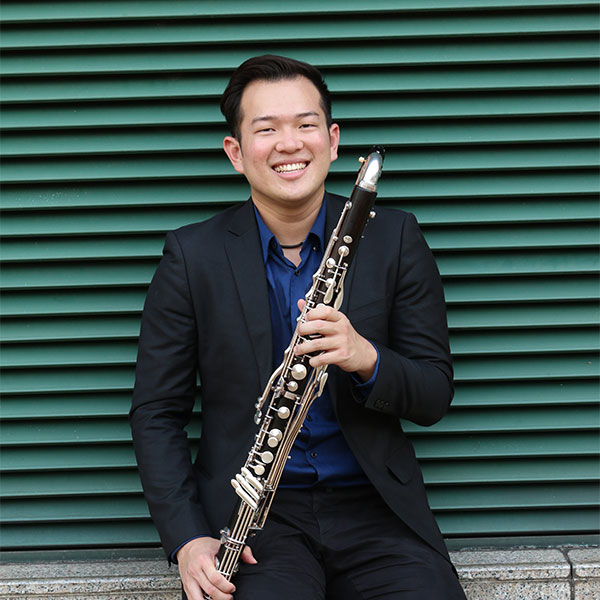
Daniel Yiau
Daniel Yiau is currently based in Singapore, having studied Wind/Brass band conducting in the Conservatorium van Amsterdam and the Sibelius Academy under the tutelage of Jan Schut and Petri Komulainen.
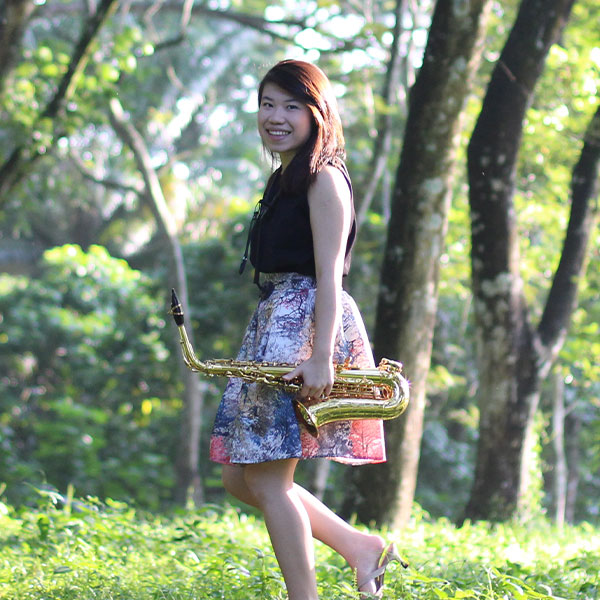
Michellina Chan
Michellina Chan, 陈嘉灵 (b. 1992) is a Singaporean saxophonist. She graduated with a Master of Music degree studying with Arno Bornkamp at the Conservatorium van Amsterdam, Amsterdam University of the Arts, a Bachelor of Music (Performance) with First Class Honors from the University of Melbourne, Melbourne Conservatorium of Music (MCM), and the Diplôme d’Etudes Musicales (DEM) at the Conservatoire de Bordeaux Jacques Thibaud, Bordeaux, France under the tutelage of Marie- Bernadette Charrier.
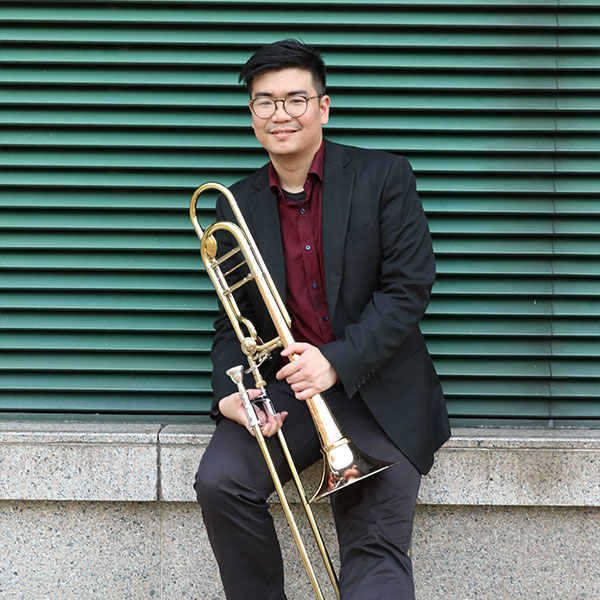
Don Kow
Don Kow holds an Artist’s Certificate in Trombone Performance from the Royal Conservatory of The Hague, a Master of Music from the Codarts University of the Arts, and a Bachelor of Music (Honors) from the Yong Siew Toh Conservatory of Music.
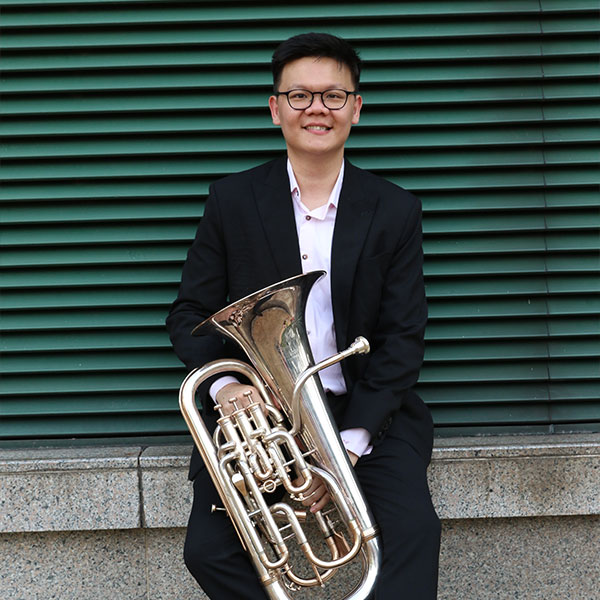
Vincent Tan
Vincent Tan holds a Bachelor of Music (Honors) from the Royal Northern College of Music and a Diploma in Music Performance from the Nanyang Academy of Fine Arts.
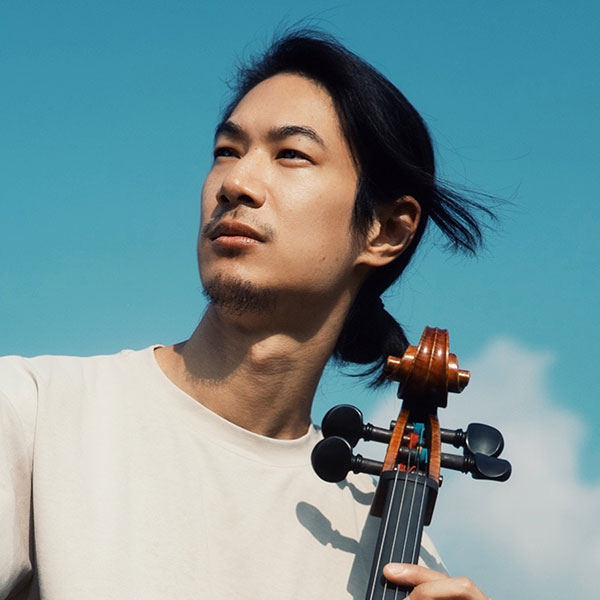
Ng Pei-Sian
Ng Pei-Sian was Commonwealth Musician of the Year in 2007 and winner of the Gold Medal and First Prize at the 55th Royal Over-Seas League Music Competition held in London. He has performed concertos with the major Australian symphony orchestras, Singapore Symphony (SSO), Malaysian Philharmonic, Hong Kong Philharmonic, Estonian National Symphony, Oulu Symphony, Sinfonia ViVA, City of Southampton Orchestra, Philippine Philharmonic, and the Orchestra of the Music Makers, and performed around the world in venues including Royal Festival Hall, Wigmore Hall, Queen Elizabeth Hall, Purcell Room, Konzerthaus (Berlin), Lincoln Center, and Carnegie Hall.

